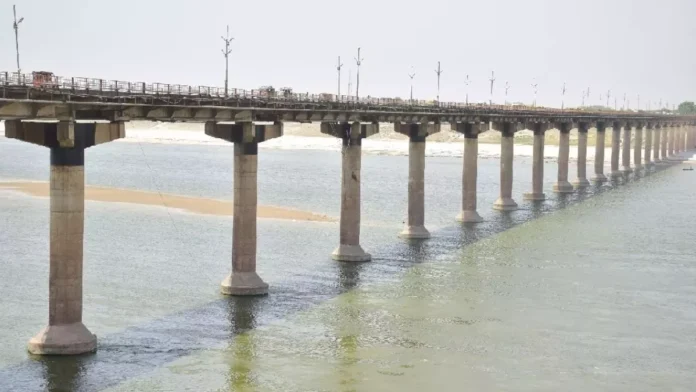In a major push to enhance infrastructure and connectivity, the Yogi Adityanath-led government plans to construct and develop 3,235 major and minor bridges across Uttar Pradesh. The initiative is part of the government’s broader mission to establish Uttar Pradesh as a state with seamless and robust connectivity
To realize seamless connectivity from cities to villages, Public Works Department has set an ambitious target for 2025–26.
As per the plan, Rs 28,346 crore will be invested in the construction of the proposed bridges. While the Uttar Pradesh State Bridge Corporation (UPSBC) will handle long-span bridges (over 60 meters), the PWD will oversee shorter bridges ranging from 6 to 60 meters.
According to the plan, a total of Rs 28,346 crore will be invested in the construction and development of the proposed bridges. The Uttar Pradesh State Bridge Corporation Limited will be responsible for constructing long bridges that are over 60 meters in length, while the PWD will oversee the development of short bridges ranging from 6 to 60 meters.
Additionally, the government is placing strong emphasis on road safety. Black spots are being identified and repaired, and efforts are underway to upgrade and reconstruct narrow and temporary bridges. These measures are expected to pave the way for a vast and modern network of bridges, significantly boosting connectivity and transportation efficiency across the state.
The PWD has prepared its Annual Action Plan for 2025–26 for construction of bridges. This plan mainly includes three key schemes: NABARD (National Bank for Agriculture and Rural Development), State Plan (Rural), and State Plan (Urban). Through these schemes, the government aims to build new bridges and redevelop old or temporary ones, such as wooden and dilapidated bridges, in different regions of the state.
The focus will be on building permanent bridges, especially in areas where old bridges have been damaged or where people have built temporary wooden bridges on rural roads. In flood-affected areas, bridge construction will be given priority to ensure road safety and provide long-term transport solutions.
As per the PWD’s action plan, all 3,235 bridges to be built, rebuilt, strengthened, or developed in 2025–26 will be selected based on priority, mainly to benefit densely populated areas. To improve travel convenience and reduce distances, the government may relax the 10 km distance rule between proposed bridges, especially on the suggestions of public representatives. In rural areas, the 10 km rule will not apply to bridges near public places, religious sites, or tourist spots.
Additionally, the plan gives special attention to state highways and major district roads where the width of the existing bridges is less than the width of the roads. Similarly, black spots on other district roads, where narrow bridges pose safety risks, will be addressed. These locations will undergo widening, strengthening, renovation, or complete reconstruction as needed.




